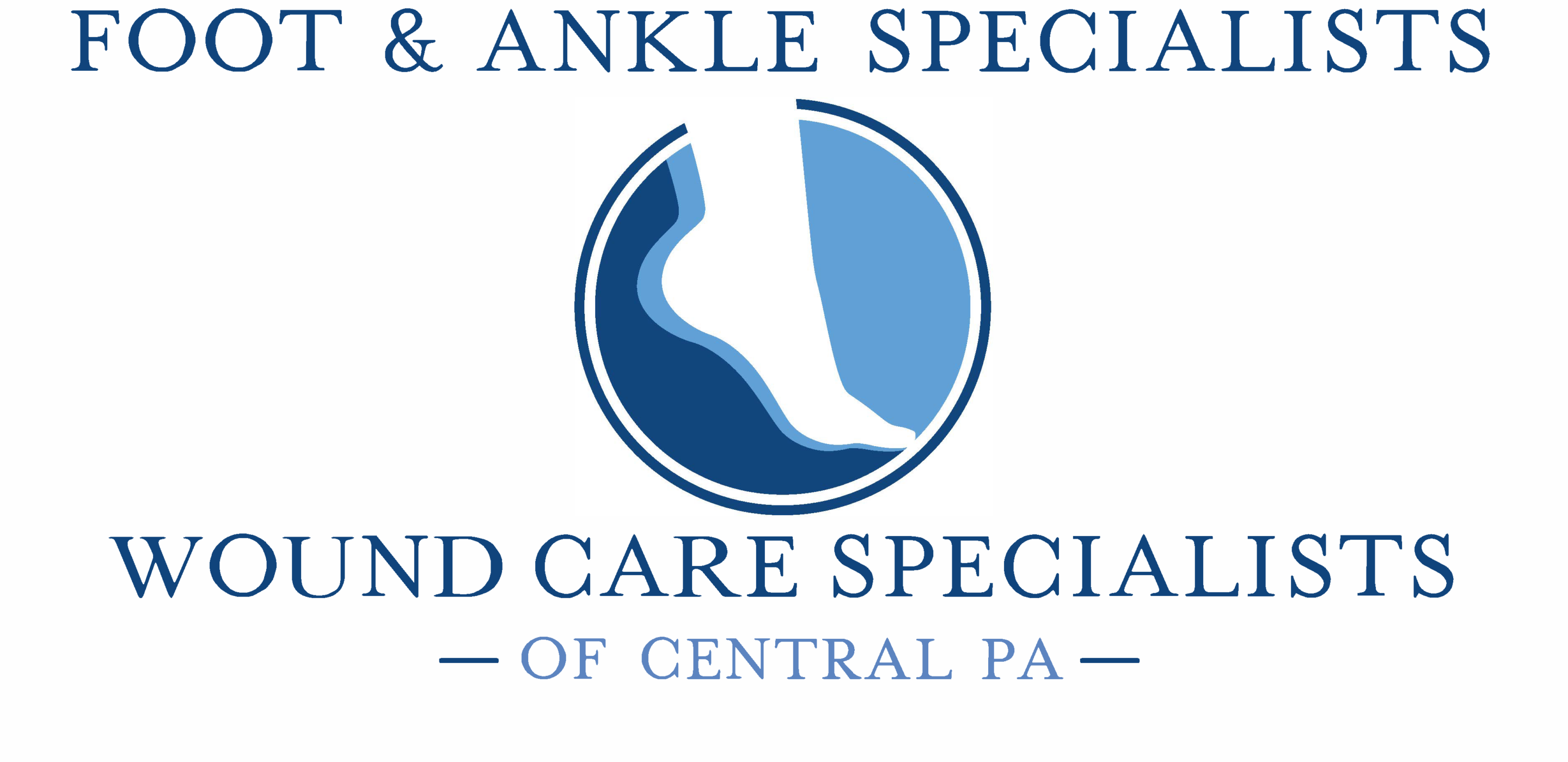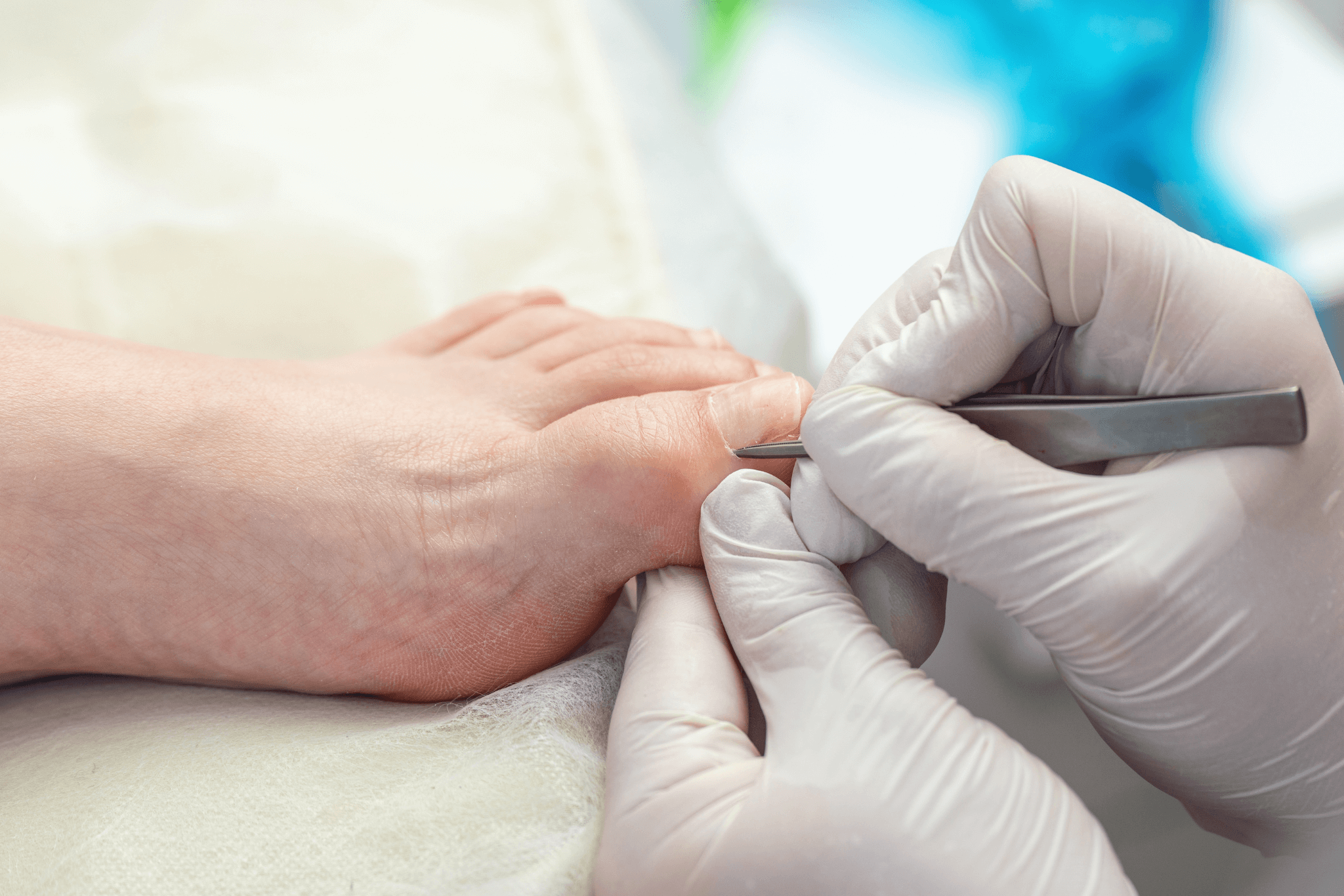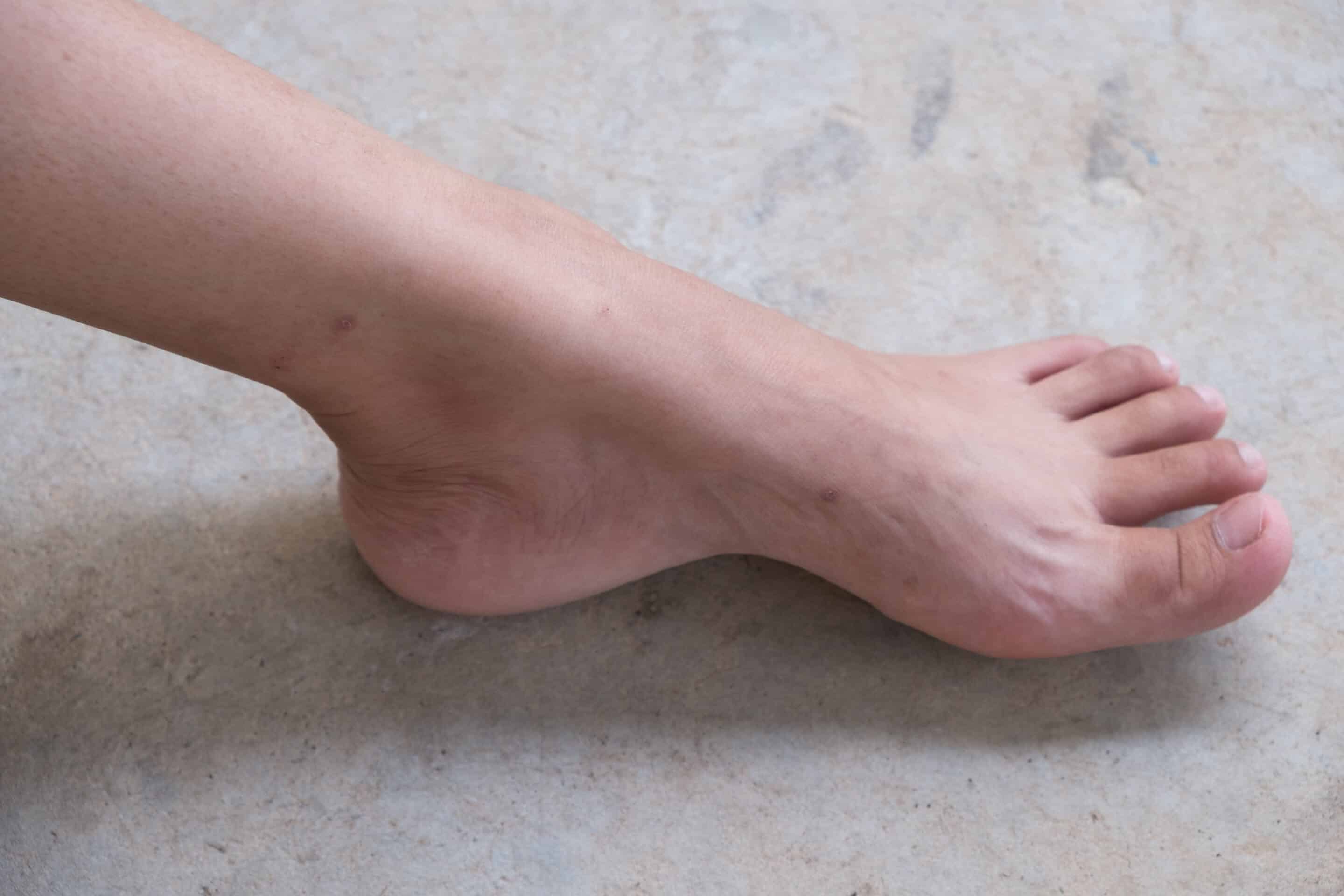How to Know If You Have an Ingrown Toenail
Ingrown toenails are a common yet often overlooked foot problem. Many people don’t realize they have one until it becomes painful or infected. Spotting an ingrown toenail in its early stages is key to getting proper treatment and preventing more serious issues down the road. Let’s walk through everything you need to know—from what causes them to how to treat them effectively.
What Is an Ingrown Toenail?
An ingrown toenail occurs when the nail’s edge presses or grows into the soft skin around it, causing pain and swelling. This can cause pain, redness, and swelling. Common causes include improper nail trimming, tight or ill-fitting shoes, injury, or even genetics.
Early Signs of an Ingrown Toenail
Catching an ingrown toenail early can make treatment easier and prevent infection. Look out for:
- Tenderness or pain along the side of the toenail
- Mild redness or swelling around the nail
- Discomfort when wearing shoes or putting pressure on your toe
These subtle signs should prompt you to seek proper care.
Symptoms of an Infected Ingrown Toenail
Without proper care, an ingrown toenail can lead to infection. Watch for symptoms such as:
- Increased swelling and redness
- Drainage of pus or fluid
- Warmth or throbbing pain
- Difficulty walking or putting weight on the foot
If you notice any of these, see our podiatrists right away to prevent complications like cellulitis or bone infection.
Who’s at Risk for Ingrown Toenails?
While anyone can get an ingrown toenail, you’re more likely to experience one if you:
- Wear tight or narrow shoes
- Trim your toenails too short or shape them with rounded edges
- Play sports or run frequently
- Live with diabetes or experience poor blood flow, which increases the chance of complications
How to Prevent Ingrown Toenails
Proper foot care can reduce your risk of developing an ingrown toenail. Follow these simple tips:
- Trim nails straight across—avoid rounding the edges
- Wear well-fitting shoes with enough toe room
- Keep your feet clean and dry
- Protect your toes from injury or repetitive pressure
Treatment Options for Ingrown Toenails
For mild cases, try soaking your foot in warm water with Epsom salt, applying antibiotic ointment, and wearing open-toed shoes. Some people find relief by gently lifting the nail edge with clean cotton or dental floss (do this cautiously).
If your ingrown toenail is severe or keeps coming back, it’s best to seek professional treatment. Treatments may include:
- Professional nail trimming
- Partial nail removal
- Partial nail matrix removal for chronic cases
- Antibiotics for infections
Complications of Untreated Ingrown Toenails
An untreated ingrown toenail can lead to:
- Chronic pain and swelling
- Persistent infections that may spread
- Nail deformities
- Bone infections (osteomyelitis)
- Serious complications in people with diabetes (ulcers or gangrene)
Why Trust Foot & Ankle Specialists of Central PA for Your Care?
At Foot & Ankle Specialists of Central PA, our expert team offers expert diagnosis and treatment using both conservative and advanced techniques. We prioritize patient comfort, education, and long-term foot health, helping you get back on your feet quickly.
Don’t wait for the problem to worsen—schedule an appointment today!
Recognizing the early signs of an ingrown toenail can help you avoid complications and return to your normal activities faster. If you’re experiencing pain, redness, or signs of infection, don’t hesitate to seek professional care.
Contact us at Foot & Ankle Specialists of Central PA today for expert diagnosis and treatment.


